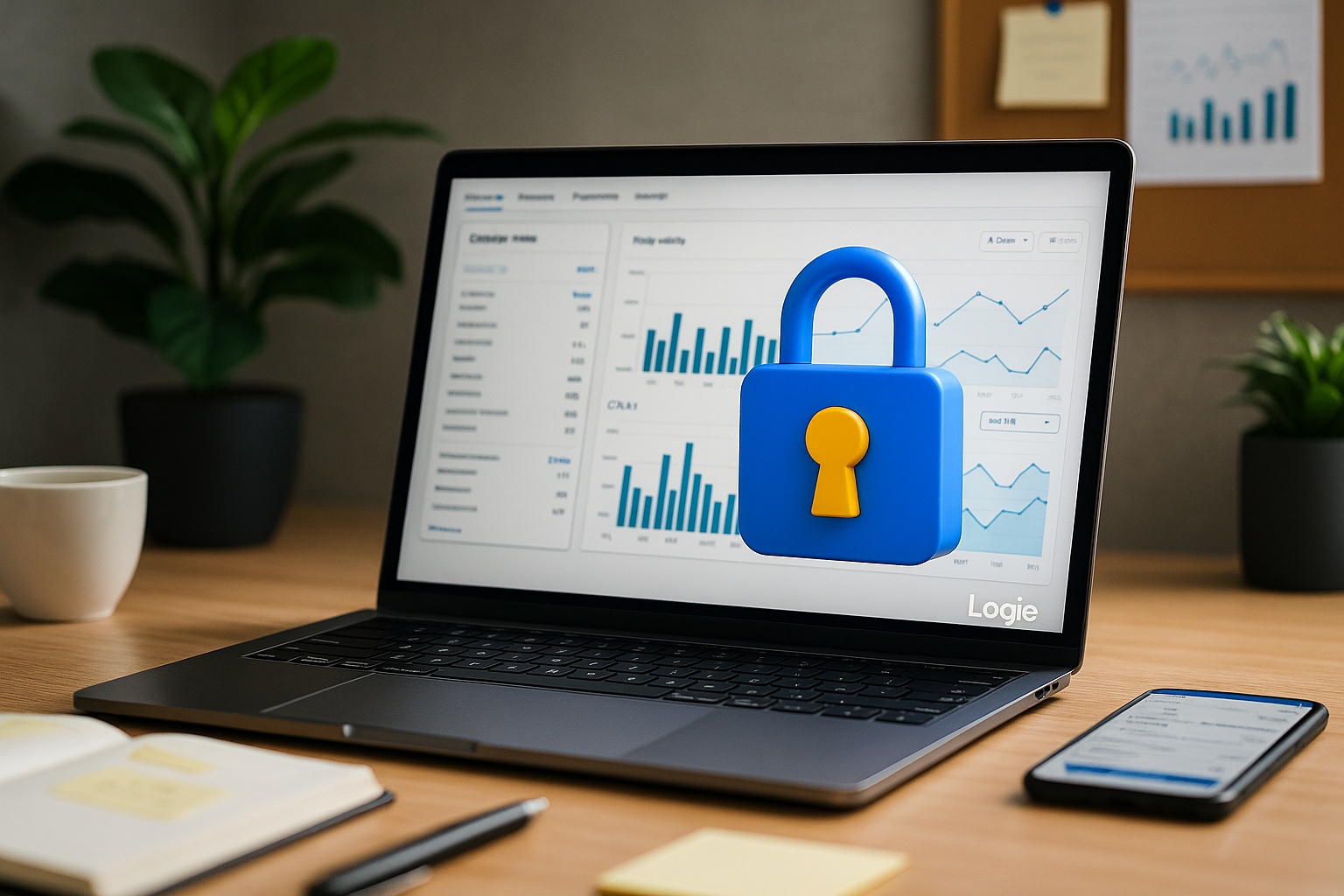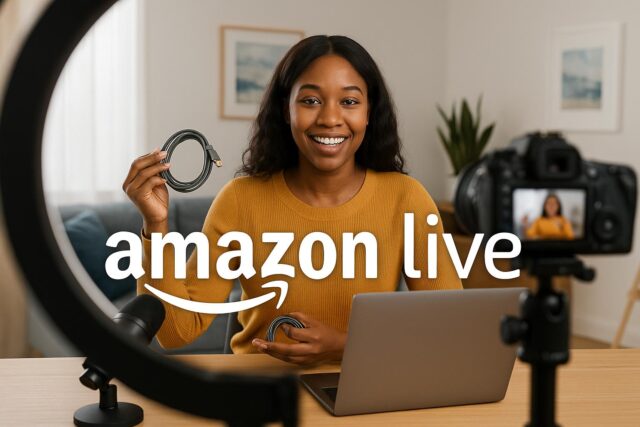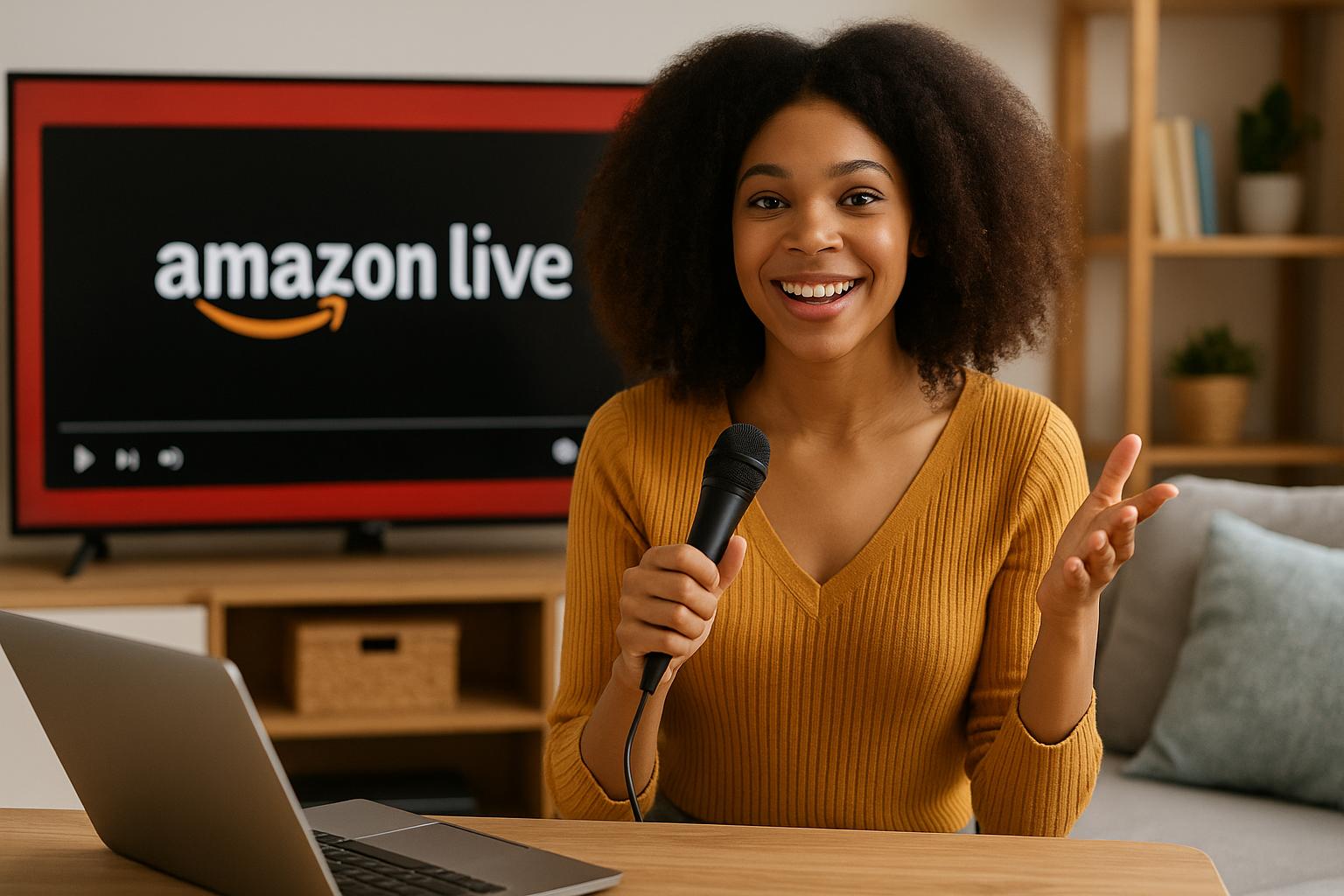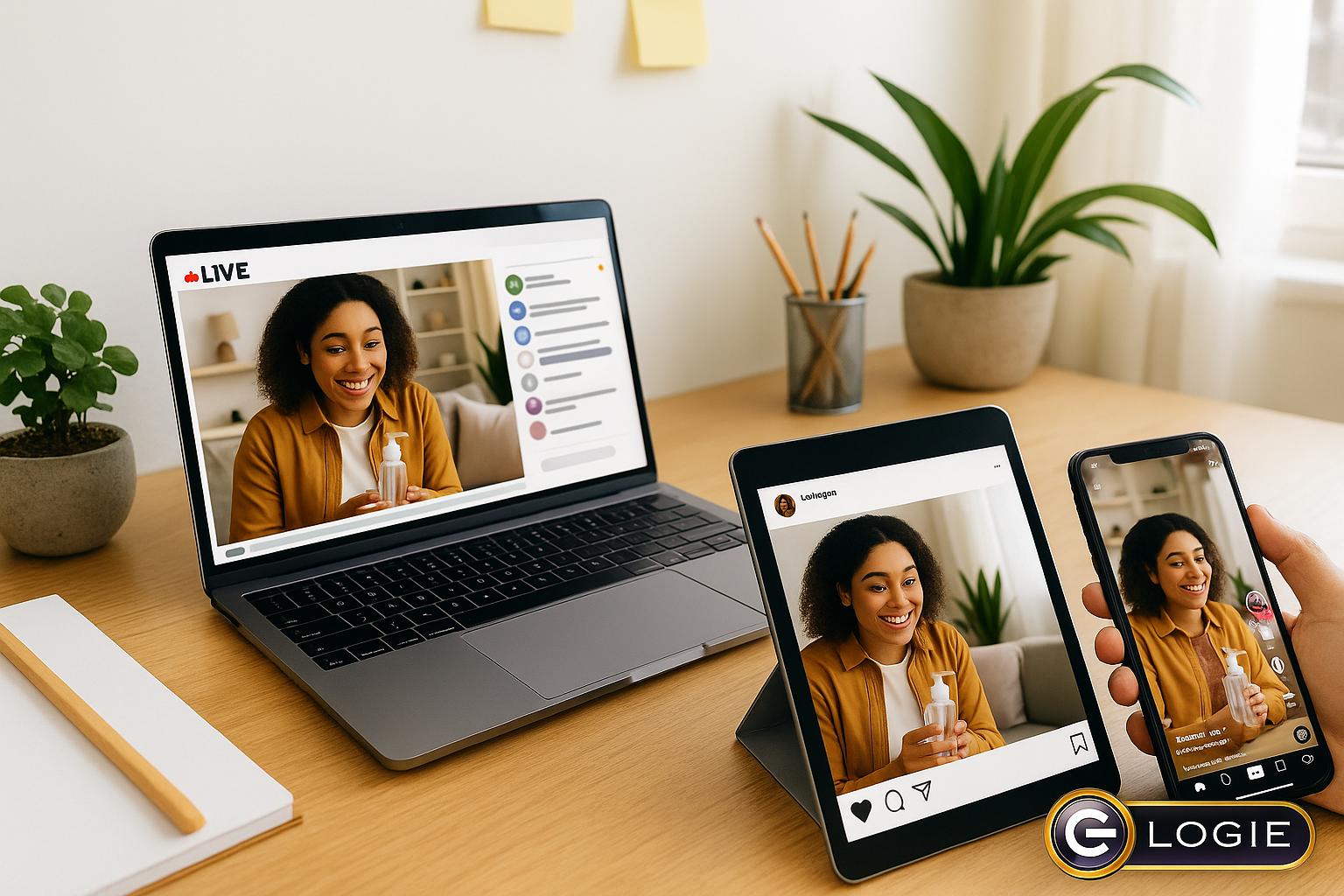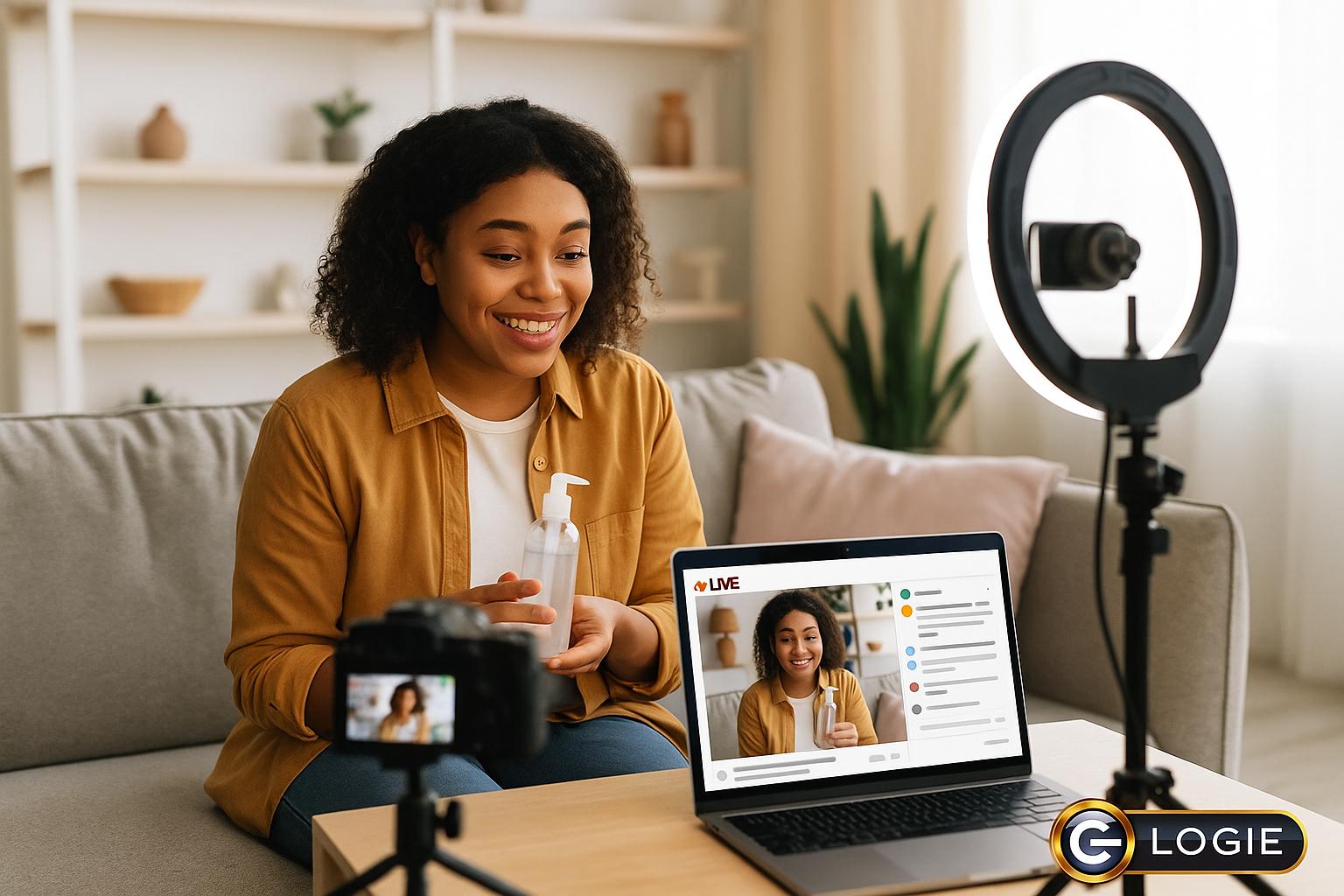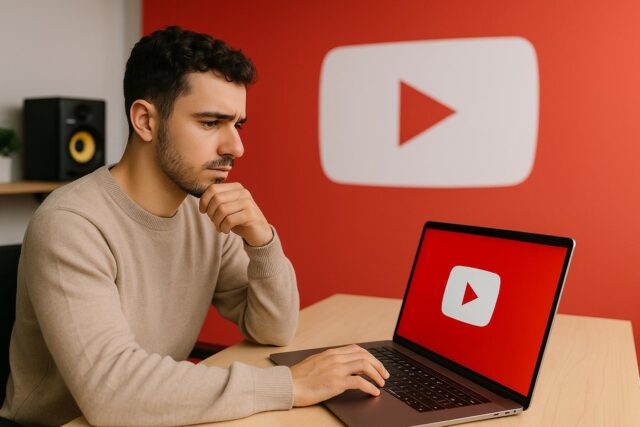Why It Now Takes 18 Months to Hit $5K/Month as an Amazon Influencer (And How to Beat the Odds)
A few years ago, the Amazon Influencer Program felt like a gold rush. Creators flooded in with stories of overnight wins and four‑figure months after just a handful of shoppable videos.
However, fast-forward to 2025, and the landscape looks very different.
According to a recent pulse survey of over 100 active influencers, the journey to real, sustainable earnings is now a marathon, not a sprint.
It takes an average of 18 months to reach $ 5,000 or more per month in earnings, a far cry from the quick wins many had expected.
It’s not bad news, it’s a wake‑up call. And if you’re serious about building your business as an influencer, this is your signal to adopt smarter systems, pace yourself, and embrace a long‑term strategy.
What the Numbers Say
The survey surfaced some striking shifts:
- The average timeline to $ 5,000 per month has stretched to 18 months, reflecting a more competitive landscape and higher platform standards.
- Fewer than 10% of new creators reach that milestone in under nine months, and most of those already have an established audience or deep industry knowledge.
- Those who succeed consistently highlight the same thing: systems and processes, not just creativity or luck, drive their growth.
This isn’t unique to Amazon. Research across influencer marketing platforms indicates that as programs mature, growth slows due to rising competition and evolving algorithms.
Creators who establish consistent workflows tend to outperform those who rely on quick bursts of content.
Why Is Growth Slowing?
1. Marketplace Saturation
The Amazon Influencer Program has experienced explosive growth in popularity. More creators are uploading videos and livestreams than ever before.
With so many voices, it’s harder to stand out. Amazon itself has stated that in 2024 alone, video uploads from influencers grew by over 60%.
2. A Higher Bar for Quality
Amazon now prioritizes content that meets engagement and conversion benchmarks.
Quick, low‑effort product videos rarely surface in prominent placements anymore. Viewers are savvier, too; they expect helpful, authentic, and polished content.
3. Algorithmic Shifts
Amazon’s product discovery algorithm continues to evolve, favoring creators who post consistently, experiment with formats, and regularly update their catalog of videos and livestreams. Viral luck still happens, but it’s not a strategy.
What’s Working for High Earners?
The influencers who’ve made it through this new gauntlet share a common trait: they’ve professionalized their approach.
Here’s what that looks like in practice:
- Systematic Content Planning
Batch shooting days, clear editorial calendars, and brainstorm sessions to keep ideas fresh and avoid burnout.
Some individuals use project management apps or tools, such as Notion and Trello, to organize their tasks.
- Consistent Data Review
Weekly analytics check‑ins to see what’s resonating. Top creators track which products convert best and refine their strategy accordingly.
Many rely on Amazon’s reporting and third-party platforms, such as Logie, to cross-reference performance.
- Community‑Led Insights
They don’t create in a vacuum. Whether it’s through Logie’s community webinars, private Slack groups, or mastermind chats, they share and test ideas collaboratively. That shared wisdom accelerates growth.
- Building Brand Relationships
Instead of chasing one-off gigs, they proactively nurture relationships with brands that align with their niche. Long‑term collaborations lead to better rates, trust, and repeat commissions.
“It takes people about 18 months
now to grow to $5K a month… what stood out to me in this data is the support of having regular systems and processes.” Claire
Advice for New and Aspiring Creators
- Benchmark Realistically
Forget the hype of overnight success stories. A year and a half might sound long, but that time lets you build a library of content, test what works, and grow an engaged audience.

- Embrace Process Over Outcome
Instead of obsessing over monthly payouts, focus on your weekly rhythm—shoot, edit, post, analyze, repeat. Those consistent habits are what lead to breakthroughs.
- Invest in Learning
Join webinars, listen to podcasts, follow thought leaders in the influencer space, and ask questions in communities, especially Logie creators. Every insight can save you months of trial and error.
- Leverage Tools
Platforms like Logie help you find high‑converting products, cut your planning time, and keep a pulse on your commissions. Paired with tools like Canva for quick design tweaks, your workflow becomes far more efficient.
For DTC Brands: Adjust Your Playbook
Brands can’t expect overnight results from influencers anymore. The creators who deliver the most ROI are those committed to their craft, building systems, and fostering trust with their audience.
Instead of chasing quick UGC hits, consider long-term partnerships with influencers who consistently deliver results and refine their processes.
It leads to better creative output, stronger brand alignment, and deeper sales impact over time.
Key Takeaways
- The “easy money” era is over; success now requires structure, patience, and a sense of community.
- Growth takes longer but can be more sustainable and rewarding for those who commit.
- Set realistic milestones, lean on peers, and use tools designed to help you work smarter.
This new timeline isn’t a roadblock; it’s an advantage. It weeds out those chasing quick wins and rewards those who are serious about building something real.
Start building your systems today, nurture your connections, and keep creating even when it’s hard. The long game is where the real growth happens.





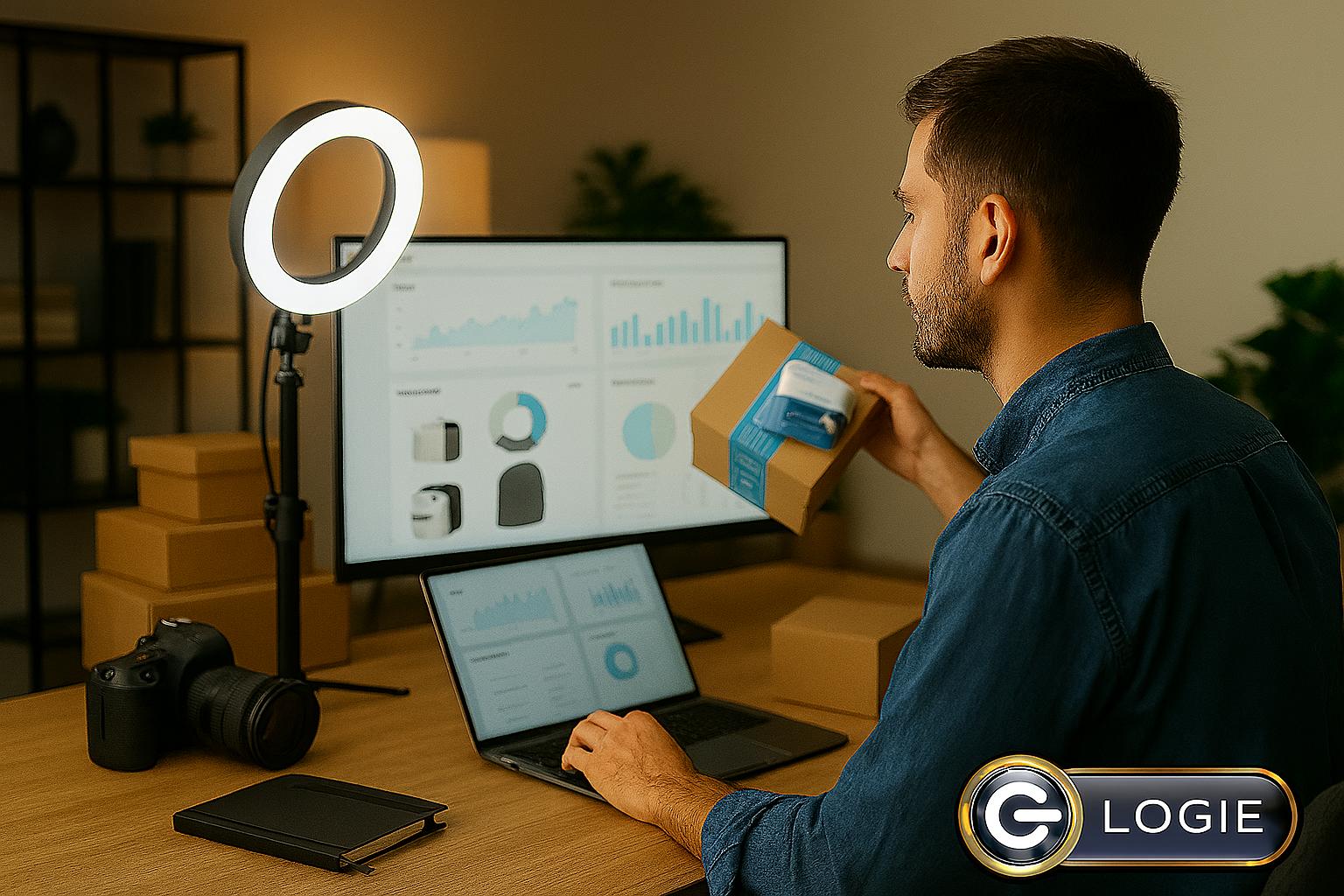

 the product has been delivered to you, the better the AI machine learning will treat you.”
the product has been delivered to you, the better the AI machine learning will treat you.”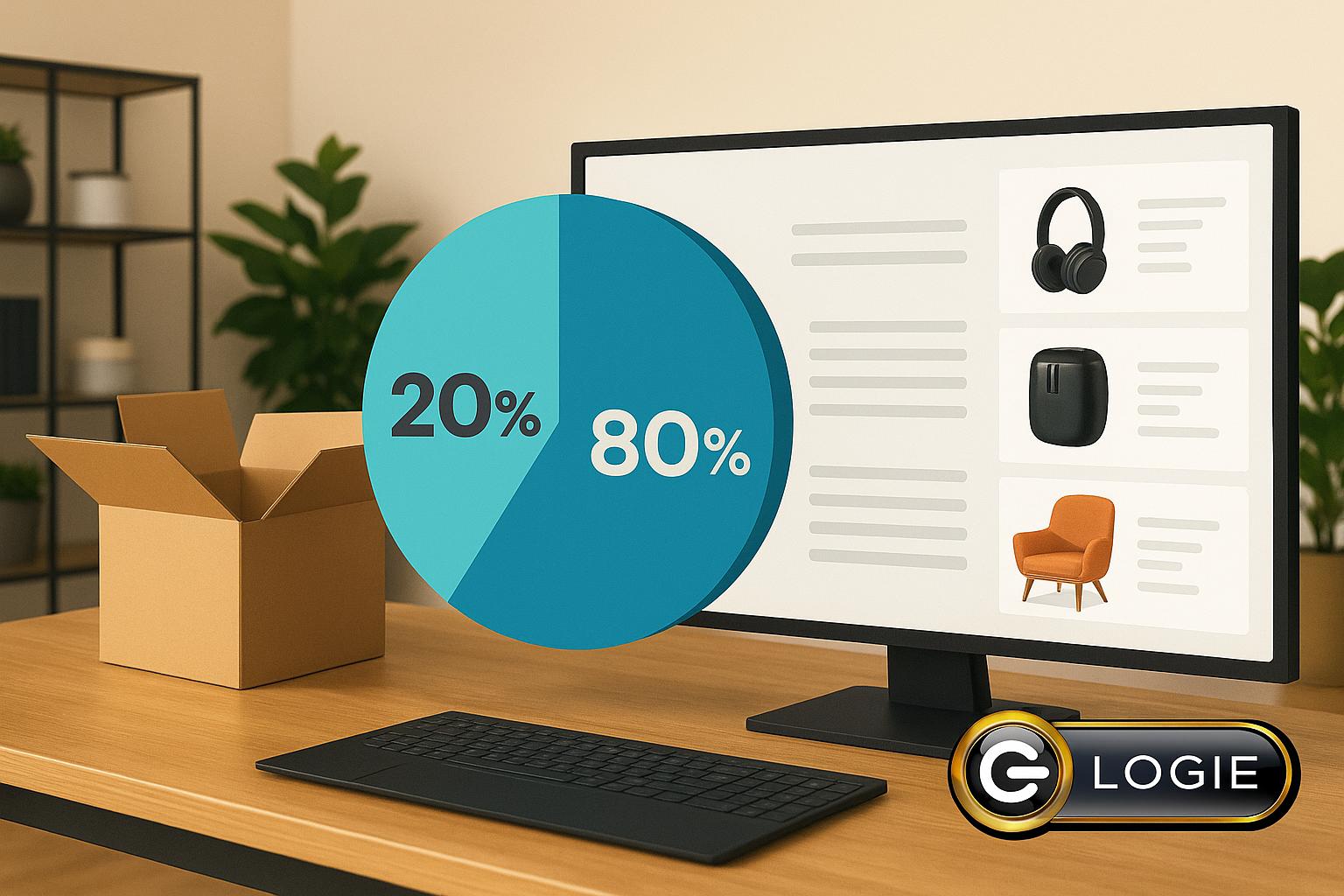

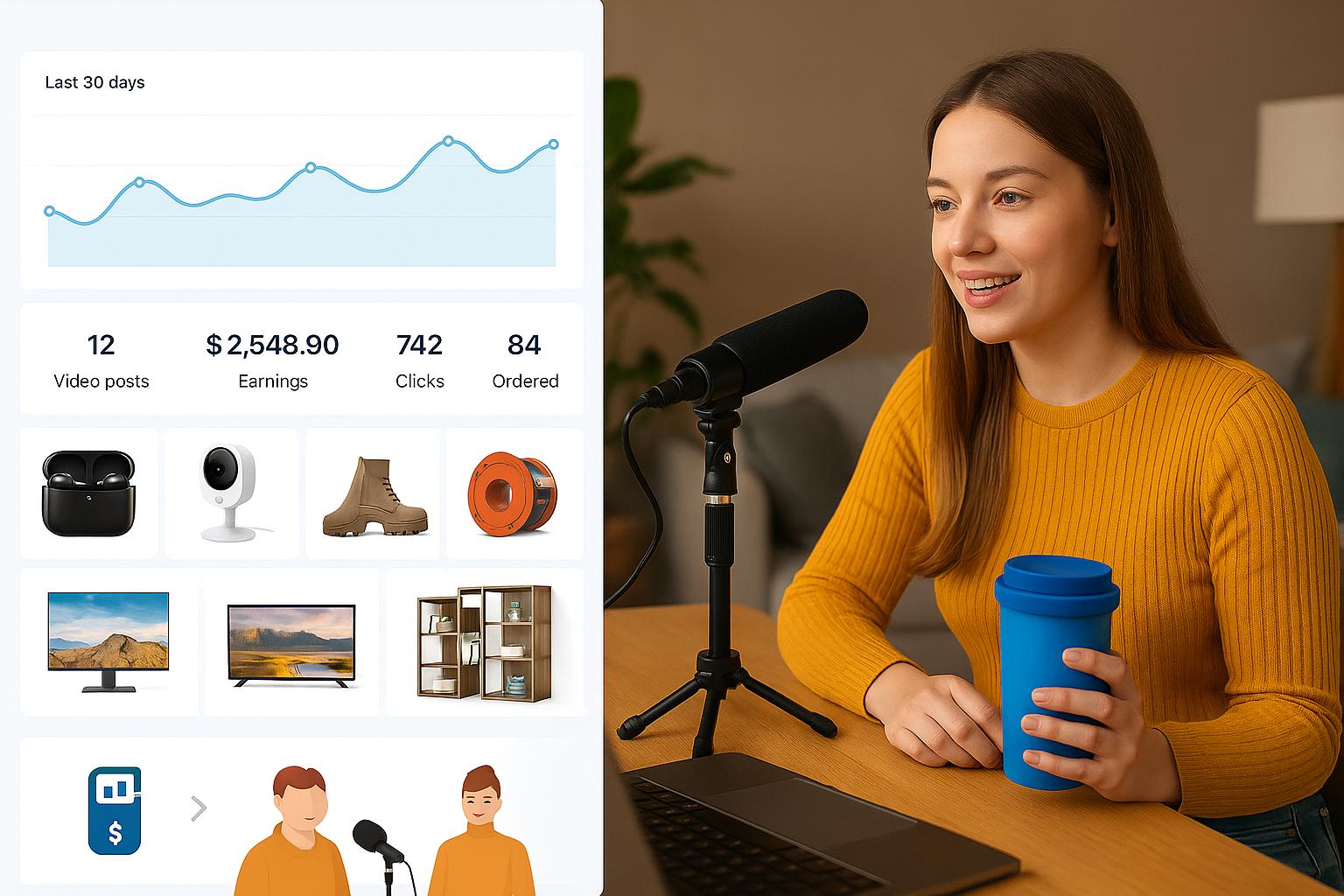




 unavailable or untagged, so I know what to keep and what to update.”
unavailable or untagged, so I know what to keep and what to update.”



